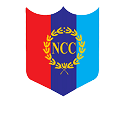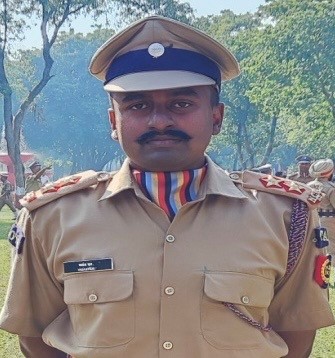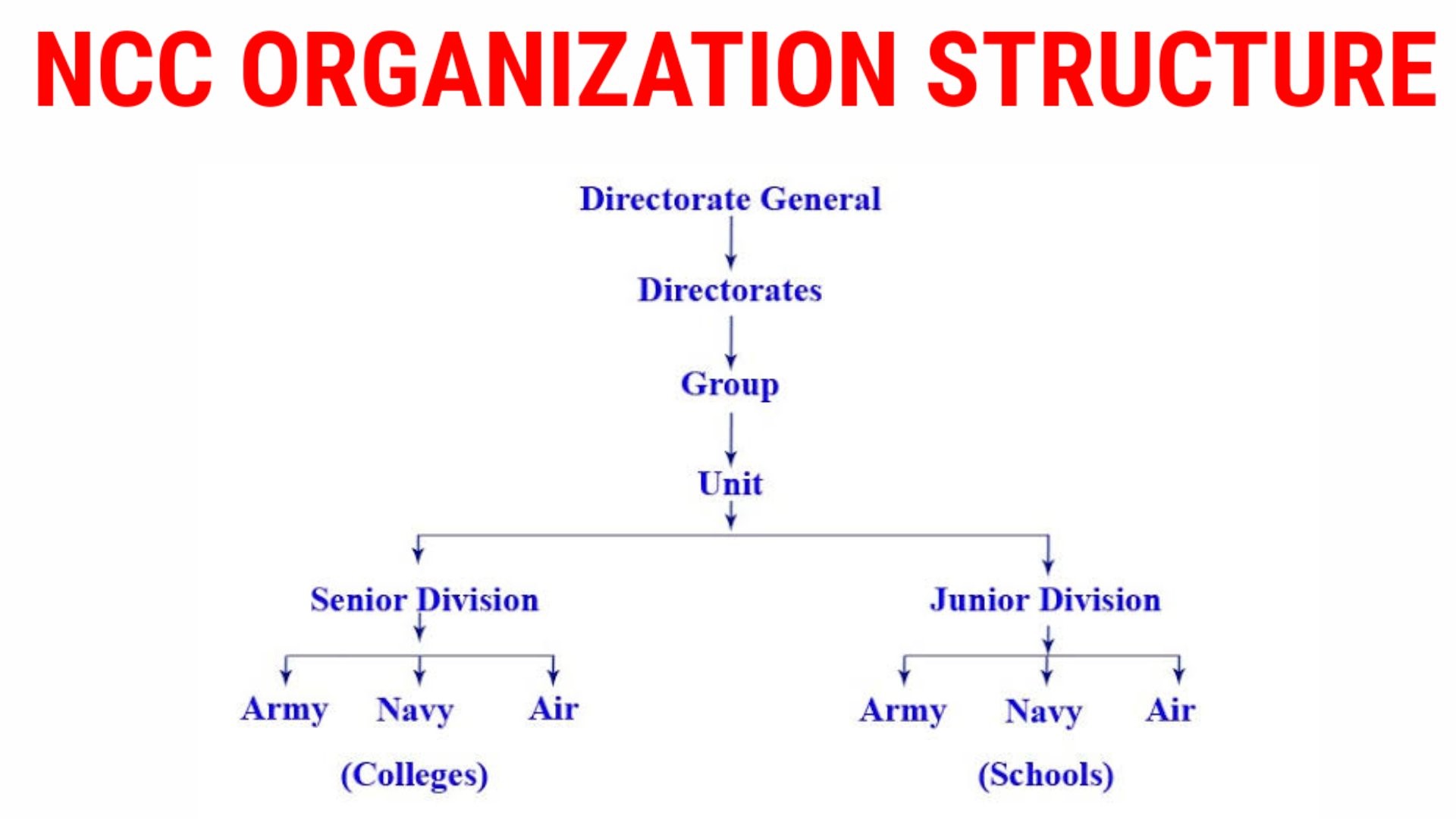
The ‘Aims’ of the NCC laid out in 1988 have stood the test of time and continue to meet the requirements expected of it in the current socio–economic scenario of the country. The NCC aims at developing character, comradeship, discipline, a secular outlook, the spirit of adventure and ideals of selfless service amongst young citizens. Further, it aims at creating a pool of organized, trained and motivated youth with leadership qualities in all walks of life, who will serve the Nation regardless of which career they choose. Needless to say, the NCC also provides an environment conducive to motivating young Indians to join the armed forces
The need for having motto for the Corps was discussed in the 11th Central Advisory Committee (CAC) meeting held on 11 Aug 1978. The mottos suggested were “Duty and Discipline”; “Duty, Unity and Discipline”; “Duty and Unity”; “Unity and Discipline”. The final decision for selection of “Unity and Discipline” as motto for the NCC was taken in the 12th CAC meeting held on 12 Oct 1980.
The NCC is a responsive, learning and continuously evolving organization. Its activity is guided by certain Core Values that we Endeavour to instill among all ranks of the NCC. These include the following:



We the cadets of the NATIONAL CADET CORPS, Do soloemnly pledge that we shall always uphold THE UNITY OF INDIA. We resolve to be disciplined and responsible citizen of our nation.we shall undertake positive community service in the spirit of selflessness and concern for our fellow beings.
The NCC flag for various units of the NCC was first introduced in 1951. The flag was of same pattern, color and size as was used by various regiments of the Army. The only difference was that it had the NCC badge and unit designation placed in the centre. Later on it was felt that the flag should be in keeping with the inter-service character of the Corps. In 1954 the existing tricolor flag was introduced. The three colors in the flag depict the three services of the Corps, red for the Army, deep blue for the Navy and light blue for the Air Force. The letters NCC and the NCC crest in gold in the middle of the flag encircled by a wreath of lotus, give the flag a colorful look and a distinct identity.

The desirability of composing a NCC song was considered in the Circle Commanders (now called DDGs) Conference held in January 1956 and all circles were asked to send their proposals. The official song of the NCC – “Kadam Mila Ke Chal” was adopted in 1963, and registered in 1969 with the approval of the Ministry of Defense. In 1974, it was felt that the NCC song had failed to catch the imagination of the youth, and there was a need for a change. A sustained process began; entries were invited from Directorates for suitable lyrics; 107 entries were received; of which eight were selected by a Board of Officers.
The song written by Shri Chiranjit was approved, in 1976. The Maharashtra Directorate was asked to get the song composed and recorded with the help of Shri Raj Kapoor, and the Films Division, Bombay. However, nothing much came out of this exercise as Shri Raj Kapoor was then busy in making his film “Satyam Shivam Sundaram” and the studios of the Films Division were under renovation.
Almost during the same period and independent of efforts at Directorate General NCC, the Film Division undertook production of a documentary on NCC ‘A Cadet’s Diary’. The Director of the documentary was looking for a suitable song for the film. He happened to hear the song – ‘Ham Sab Hindi Hain’ which appears to have been first sung at a Youth Festival at Chandigarh, sometime during 1968-69, and introduced it in the documentary film.
Hum Sab Bharatiya Hain, Hum Sab Bharatiya Hain
Apni Manzil Ek Hai,
Ha, Ha, Ha, Ek Hai,
Ho, Ho, Ho, Ek Hai.
Hum Sab Bharatiya Hain.
Kashmir Ki Dharti Rani Hai,
Sartaj Himalaya Hai,
Saadiyon Se Humne Isko Apne Khoon Se Pala Hai
Desh Ki Raksha Ki Khatir Hum Shamshir Utha Lenge,
Hum Shamshir Utha Lenge.
Bikhre Bikhre Taare Hain Hum Lekin Jhilmil Ek Hai,
Ha, Ha, Ha, Ek Hai
Hum Sab Bharatiya Hai.
Mandir Gurudwaare Bhi Hain Yahan
Aur Masjid Bhi Hai Yahan
Girija Ka Hai Ghariyaal Kahin
Mullah ki Kahin Hai Ajaan
Ek Hee Apna Ram Hain, Ek hi Allah Taala Hai,
Ek Hee Allah Taala Hain, Raang Birange Deepak Hain Hum,
Lekin Jagmag Ek Hai, Ha Ha Ha Ek Hai, Ho Ho Ho Ek Hai.
Hum Sab Bharatiya Hain, Hum Sab Bharatiya Hain.
The NCC is a voluntary organization which is administered through the Ministry of Defense. The Defense Minister is overall in charge, and responsible to the Government of India for efficient functioning of the NCC and other matters. The NCC Headquarters is situated in New Delhi, headed by an officer of the rank of Lieutenant General who is responsible for the smooth functioning of the NCC in the country. There are 17 Directorates located in the state capitals headed by an officer of the rank of a Major General / Brigadier or equivalent from the three Services. According to the size of the state and growth of NCC in the states, Directorates have up to 14 Group Headquarters under them through which they exercise their command and control over the organization in the state. Each group is headed by an officer of the rank of Brigadier /Colonel or equivalent known as Group Commander. Each NCC Group Headquarters controls 5-7 NCC units / battalions, commanded by Colonel / Lieutenant Colonel or equivalent. Each battalion consists of companies which are commanded by the Associate NCC Officers (ANO) of the rank of Lieutenant, Captain or Major. In all, there are 99 Group Headquarters in the country who exercise control over a network of 700 Army Wing Units (including technical and girls’ unit), 73 Naval Wing Units and 64 Air Squadrons. There are two training academies namely Officers Training Academy, Kamptee for men and Officers Training Academy, Gwalior for ladies where professors and teachers from colleges and schools are specially trained to impart training to the cadets as Associate NCC Officers (ANOs)
Training activities of NCC (Army) can be broadly divided as under:

Cadets must be made to understand the aim and purpose of teaching drill, so that they are suitably motivated and do not take it as "fatigue". Emphasis will be laid on correct bearing, marching, saluting and arms drill. Inter-squad competitions may be organized to create interest.
Cadets generally take keen interest in weapon training and firing. Units must liaise with nearby Service and Para-Military Units to ensure that all cadets get an opportunity to fire their authorized ammunition. Use of firing simulators may be made to optimize training efforts where possible
Adventure activities have been incorporated in NCC training with the aim of inculcating and strengthening leadership traits amongst the cadets. These activities in NCC can be broadly divided into the following.
This is a very important activity. It is done to increase international understanding and bolster awareness. These exchanges are done with NCC community of 10 countries namely Australia, Bangladesh, Bhutan, Canada, Maldives, Nepal, Singapore, UK, Russia andVietnam at international level
NCC has adopted community development activities with the aim of imbibing amongst cadets selfless service to the community, dignity of labor importance of self help, need to protect the environment and to assist weaker sections of the society in their upliftment. This was envisaged through programmes involving;
The eligibility conditions and the general procedure for the conduct of the Certificate Examination for Cadets of Senior and Junior Division/Wings NCC (All wings) have been issued by DGNCC from time to time. The aim of this Directive is to consolidate all such instructions and revise these as necessary.
The following type of Certificate Examination are held for NCC Cadets
Copyright © 2024 All Rights Reserved by Higglerslab